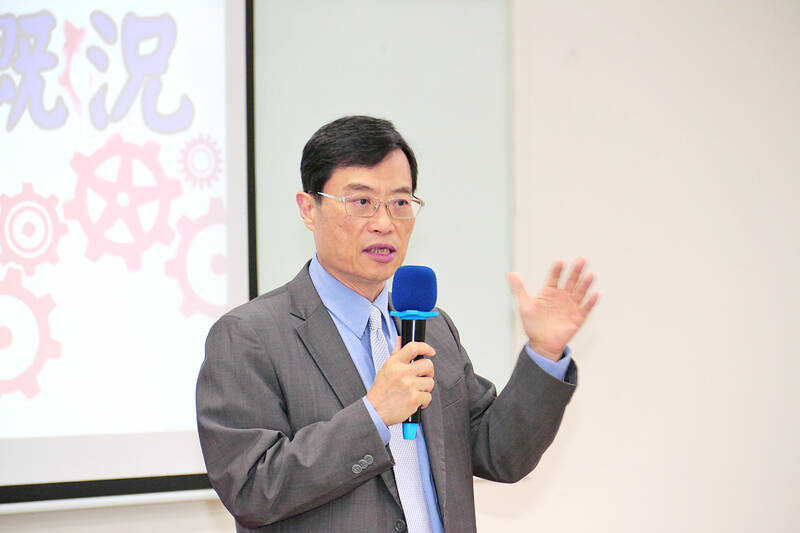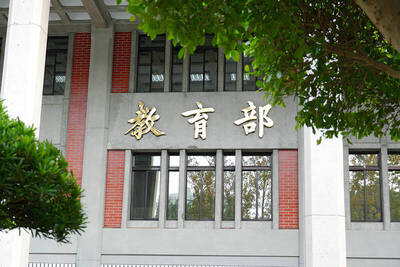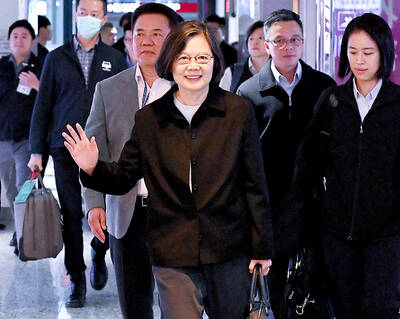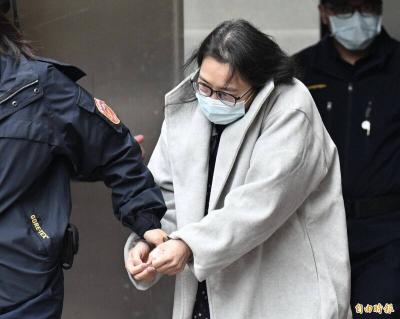Artificial intelligence (AI) medical products could become one of Taiwan’s main exports to Southeast Asia, Deputy Minister of Economic Affairs Chen Chern-chyi (陳正祺) said on Thursday.
ASEAN is the best gateway for Taiwanese firms to expand overseas, as they have already made investments in industries in the region, Chen told a forum in Taipei.
While China still produces one-third of the world’s manufactured goods, it has lost its shine due to trade disputes with the US, resulting in major changes to supply chains, he said.

Photo: CNA
The government has been helping Taiwanese businesses diversify their investments and markets by pushing the New Southbound Policy, he said.
The policy aims to enhance trade and exchanges between Taiwan and 18 countries in Southeast and South Asia, as well as Australia and New Zealand, to reduce Taiwan’s dependence on China. It was introduced after former president Tsai Ing-wen (蔡英文) took office in 2016.
Global investment in ASEAN grew 11.5 percent from 2016 to 2022, and the region’s share of global trade increased in the same period to 7.7 percent from 6.9 percent, showing its growing importance to the global economy, Chen said, citing UN data.
As part of the new administration’s plans to help businesses expand overseas, the government is expected to support Taiwanese businesses that invest in Southeast Asia, he said.
Taiwanese enterprises have a wide range of investments in the region, from investments in industries such as textiles, information and communications technology, semiconductors, electric motorcycles, smart cities, biomedicine and healthcare, Chen said.
The vision is to integrate Taiwan’s medical expertise with AI technologies and work with ASEAN in digital healthcare while exploring the region as a potential market for Taiwan’s medical and health products and services, he added.

The Ministry of Education (MOE) is to launch a new program to encourage international students to stay in Taiwan and explore job opportunities here after graduation, Deputy Minister of Education Yeh Ping-cheng (葉丙成) said on Friday. The government would provide full scholarships for international students to further their studies for two years in Taiwan, so those who want to pursue a master’s degree can consider applying for the program, he said. The fields included are science, technology, engineering, mathematics, semiconductors and finance, Yeh added. The program, called “Intense 2+2,” would also assist international students who completed the two years of further studies in

Former president Tsai Ing-wen (蔡英文) departed for Europe on Friday night, with planned stops in Lithuania and Denmark. Tsai arrived at Taiwan Taoyuan International Airport on Friday night, but did not speak to reporters before departing. Tsai wrote on social media later that the purpose of the trip was to reaffirm the commitment of Taiwanese to working with democratic allies to promote regional security and stability, upholding freedom and democracy, and defending their homeland. She also expressed hope that through joint efforts, Taiwan and Europe would continue to be partners building up economic resilience on the global stage. The former president was to first

Taiwan will now have four additional national holidays after the Legislative Yuan passed an amendment today, which also made Labor Day a national holiday for all sectors. The Chinese Nationalist Party (KMT) and Taiwan People’s Party (TPP) used their majority in the Legislative Yuan to pass the amendment to the Act on Implementing Memorial Days and State Holidays (紀念日及節日實施辦法), which the parties jointly proposed, in its third and final reading today. The legislature passed the bill to amend the act, which is currently enforced administratively, raising it to the legal level. The new legislation recognizes Confucius’ birthday on Sept. 28, the

The Taipei District Court sentenced babysitters Liu Tsai-hsuan (劉彩萱) and Liu Jou-lin (劉若琳) to life and 18 years in prison respectively today for causing the death of a one-year-old boy in December 2023. The Taipei District Prosecutors’ Office said that Liu Tsai-hsuan was entrusted with the care of a one-year-old boy, nicknamed Kai Kai (剴剴), in August 2023 by the Child Welfare League Foundation. From Sept. 1 to Dec. 23 that year, she and her sister Liu Jou-lin allegedly committed acts of abuse against the boy, who was rushed to the hospital with severe injuries on Dec. 24, 2023, but did not